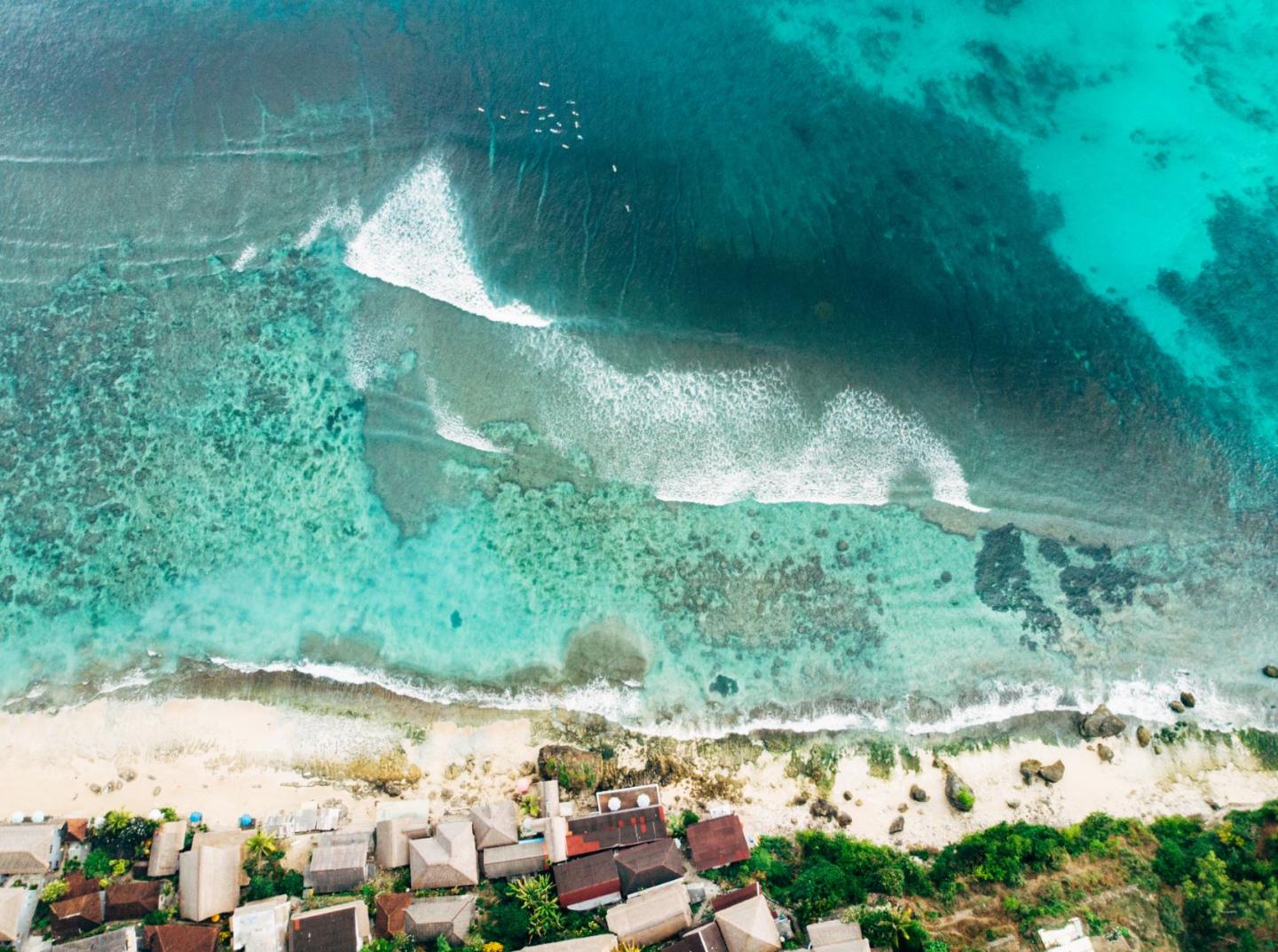What we can learn from the sea

Credit: Stock photo: Getty Images.
New research has uncovered a missing nutrient source in coastal oceans, which could promote better water quality and sand management on popular beaches.
While the release of nutrients buried in the seabed ‘feeds’ coastal marine ecosystems, the latest research at Flinders University has found a new physical mechanism which erodes seabed sediment at depths up to 20 metres, well outside (between 10km and 20km) from the surf zone closer to shore.
This powerful natural process that is energetic enough to erode seabed sediment at up to 20 m, also adds to the nutrients stirred and moved by breaking surface waves nearer the beach, according to the new hydrodynamic modelling.
“This new knowledge has significant implications for coastal sediment management practices such as dredging,” says Flinders University oceanographer Associate Professor Jochen Kaempf.
The study reveals that major sediment erosion follows from coast-parallel winds in an oceanic situation known as downwelling.
“Such winds trigger a swift coastal current – left-bounded by the coast in the Southern Hemisphere – that is accompanied by a vigorous stirring zone in nearshore waters,” Associate Professor Kaempf says.
While this finding explains the high proportion of recycled nutrients in coastal ecosystems, it incidentally also points to a new mechanism of wind-driven sediment drift in coastal oceans that complements the well-known littoral drift in the surf zone.
“Along the Adelaide metropolitan coastline, for example, the wind-driven sediment drift tends to be predominantly southward and opposite to the northward sediment drift in the surf zone,” explains Dr Kaempf.
“On the other hand, high turbidity levels following a seabed erosion event negatively impact the health of seagrass beds, and the sudden nutrient release can also trigger potentially harmful toxic algae blooms,” says Dr Jochen Kaempf, who also is South Australian branch president of the Australian Meteorological and Oceanographic Society.
Dr Kaempf’s latest paper calls for more field research and the development of reliable ocean forecasting models to study and predict the occurrence of such erosion events.
###
The paper, Extreme bed shear during coastal downwelling, has been published in Ocean Dynamics (Springer) https:/
Media Contact
Professor Jochen Kaempf
[email protected]
Original Source
https:/
Related Journal Article
http://dx.




